

Table of contents
- fish out algae
- Algae control with UV devices
- water exchange
- Chemical control agents
- Prevent by adequate water circulation
- Not too many fish in the pond
- Prevent bases for algae formation
- Editor's conclusion
Filamentous algae develop in many ponds. There are various reasons for this, e.g. B.
- Rain,
- pollen blown in,
- excrement of pond creatures,
- dying plant parts,
- dead animals.
All this leads to an excess of nutrients in the garden pond. This in turn encourages algae growth. If the sun comes along and warms the water, the algae often spread explosively. The pond water looks green and the thread algae the entire pond flora become matted - an absolute nuisance.
fish out algae
A simple method is to fish the algae out of the water. An unpainted, rough stick or branch is sufficient.
- You pull it through the water in turning and circular movements.
- The algae wrap themselves around the stick, stick or branch.
- You can pull them out and slip them off.
- Of course you can also use a pond net.
Algae control with UV devices
The UV devices are well suited for larger ponds. They kill algae with short-wave and high-energy UV light. The devices act on all microorganisms in the pond. But after a few weeks, the biological balance in the pond is restored.
water exchange
A water change can help with an algae problem. However, at least 30 percent of the total amount of water must be exchanged. This usually only makes sense for small ponds.
Chemical control agents

There are numerous remedies such as algae stop. She also help against algae, but seriously disturb the biological balance. The pond usually takes a long time until everything is balanced and healthy again.
Prevent by adequate water circulation
- Filamentous algae form in stagnant water.
- Keeping the supply of oxygen constant by circulating water helps prevent algae.
- The integration of a stream, a waterfall, a fountain sculpture, a fountain and the like are helpful here.
Not too many fish in the pond
- A high fish population in relation to the size of the pond degrades the water quality.
- Fish excrement pollutes the water and forms more nutrients than that pond plants can convert.
- Always make sure that only a few fish live in the pond.
Prevent bases for algae formation
- Remove dead plant parts and leaves from the pond in spring! Rotting parts of plants provide a lot of food for algae.
- Do not put too much fish food in the pond! Fish food that is rich in fiber in particular promotes the formation of filamentous algae.
- Sufficient planting of the pond with plants that help to break down the nutrients.
- Evergreen aquatic plants ensure that the water is cleaned all year round.
Editor's conclusion
Countless pond owners fight thread algae every year. The pond is often simply too small or too shallow to be able to establish a biological balance. It is therefore important to make plans and build correctly before laying out the pond. If you want to use fish and overwinter in them, you have to pay attention to a few things when you create them. Likewise are several pond zones ideal. The right system and planting and a suitable filter system can prevent an algae plague.
If algae do appear, they can be fished off. Shading the pond can also help. The simplest and cheapest is an awning. Otherwise you just have to know that a pond in the garden involves a lot of work. But its beauty makes up for it in abundance.
 garden editorial
garden editorial I write about everything that interests me in my garden.
Learn more about algae in the pond
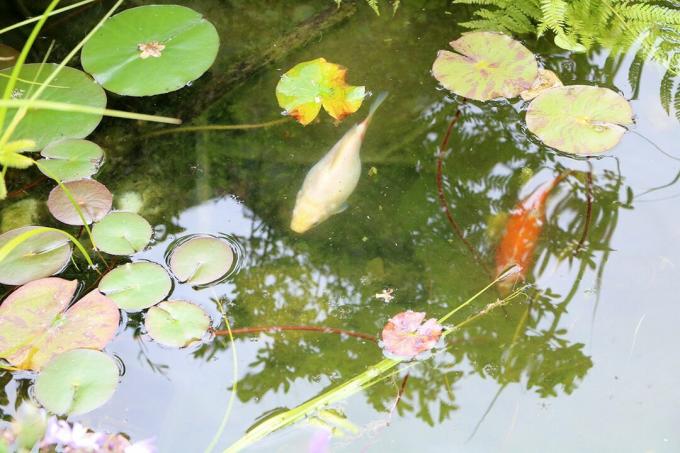
Floating algae in the pond: 10 tips for removing them
Algae infestation is not only unsightly to look at, but can also pose a threat to aquatic animals and plants. For this reason, it is advisable to always remove floating algae - read here how this works best!
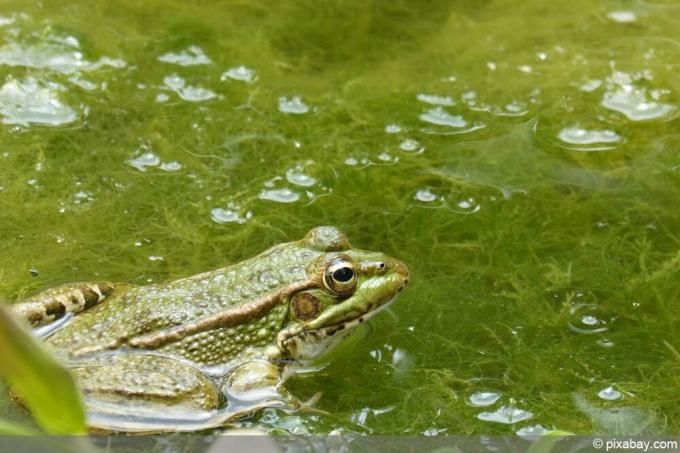
Algae eater in the pond: 5 hungry pond fish
Algae growth in the garden pond not only looks unsightly, but excessive growth can tip the entire ecosystem over. In this article we will tell you which types of fish, snails and mussels like to eat algae and what else helps against the "green plague".
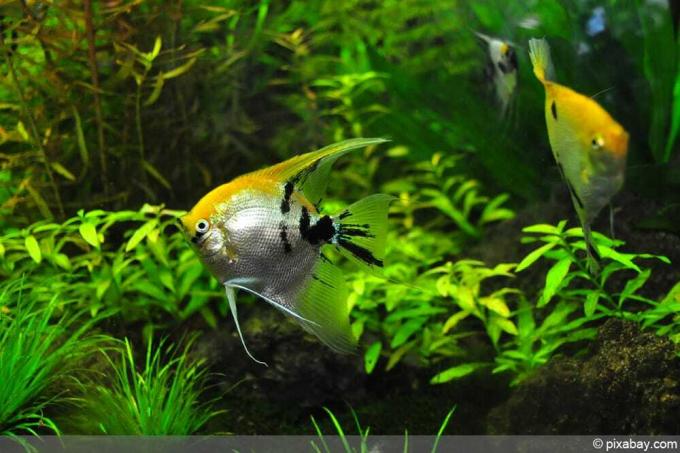
Combat thread algae in the aquarium
The right countermeasures must be taken at an early stage to ensure that the thread algae in the aquarium do not grow too rampant and become a nuisance. Otherwise, the aquatic plants can severely disturb the sensitive ecosystem of the aquarium and also negatively affect the visual appearance.
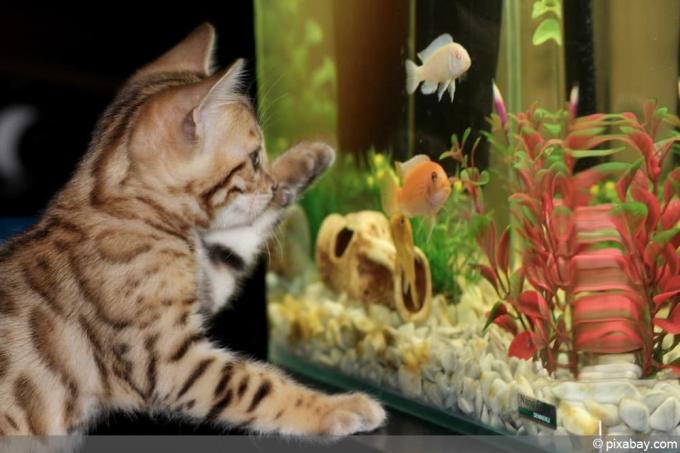
Get rid of green algae in the aquarium properly
Green algae occur in every aquarium. This is normal and part of it. It can even speak for a particularly good water quality. Only a massive increase in algae caused by too much light and too many nutrients is not normal. The green coloring and turbidity of the water means nothing other than that the biological balance has gotten out of joint. There are different green algae, also with quite different requirements. However, all benefit from an excess of food and can best be combated by depriving them of food.
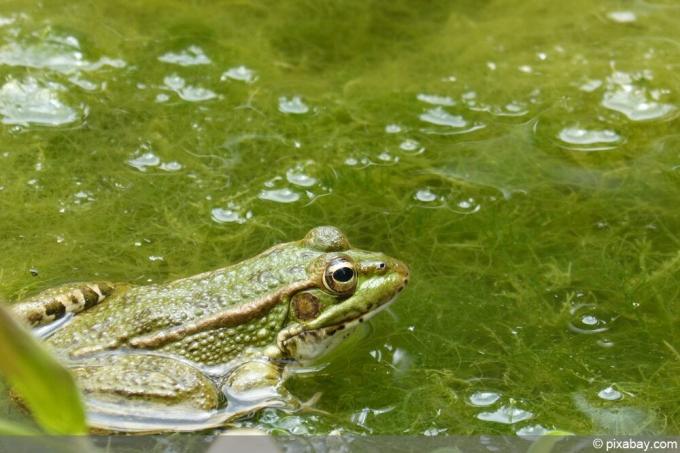
Natural remedies against thread algae
Algae in the garden pond are an absolute nuisance, but can hardly be avoided. Besides, they are useful too. They serve as food for microorganisms and also produce vital oxygen. It gets annoying when they multiply en masse.

The best home remedies for algae in the aquarium
Algae in the aquarium are absolutely natural and normally do not have to be fought. It only becomes difficult when they multiply explosively. There is a reason for this increase. It has to be found and turned off. That sounds simple, but it isn't.
